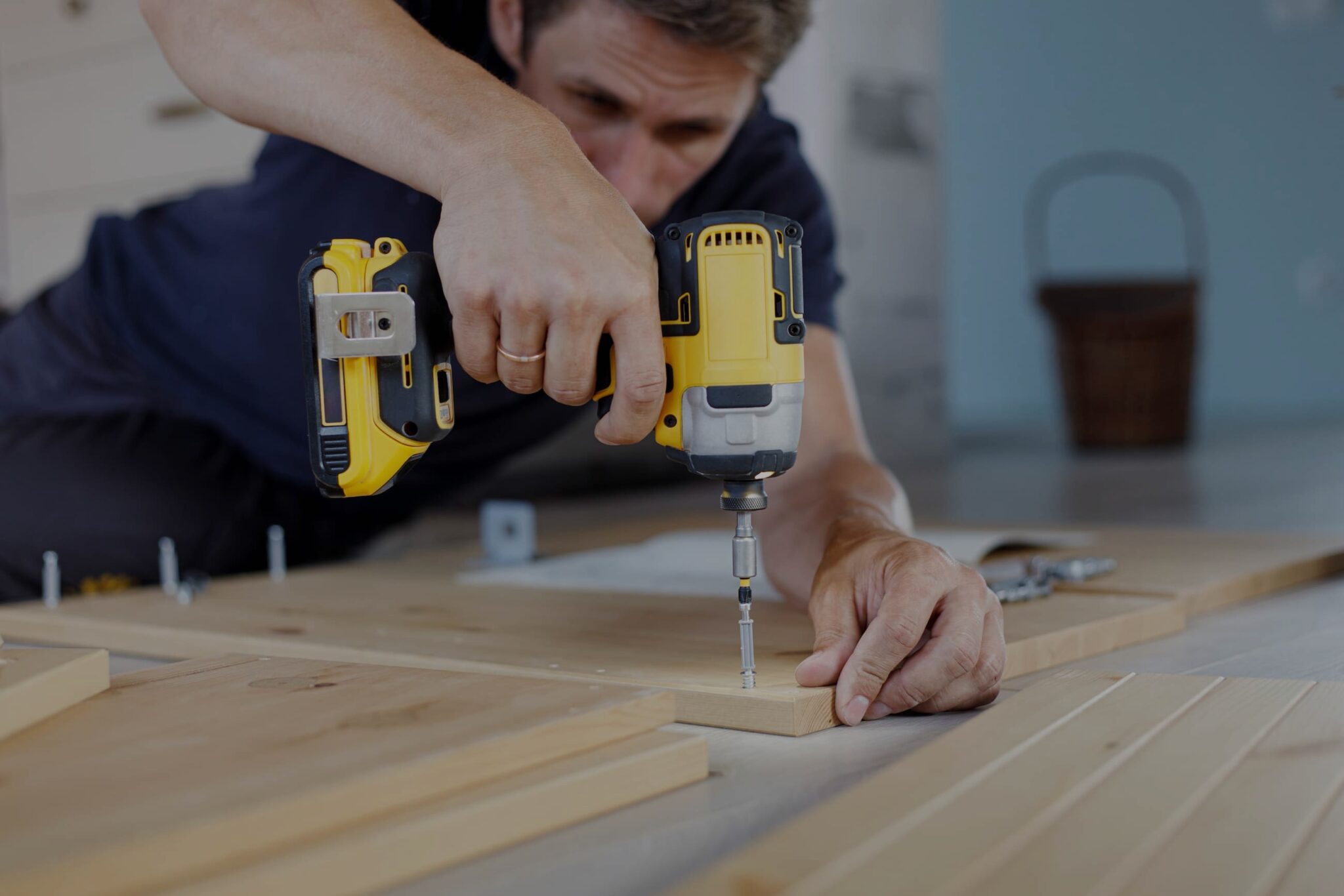

Originally published on fastradius.com on February 18, 2021
Injection molding is a tried-and-true method for rapidly producing plastic parts in high volumes, including common everyday items like bottle caps and storage containers. The process is ideal for jobs involving repeatable components, specific chemical resistances, and strict mechanical and performance requirements.
In reality, the term “injection molding” can be thought of as an umbrella term encompassing a few different techniques, including insert molding and overmolding. While these two processes are similar in some ways, they have some key differences and involve distinct technical considerations.
Insert molding is the process of loading inserts into molds between cycles, so that the molten thermoplastic surrounds the insert and cools arounds it. This technique is widely used to create aerospace and medical devices, as it enables manufacturers to mold plastic housings directly onto electronics.
Overmolding is a similar process and refers to layering different plastic materials on the same component for a functional or aesthetic purpose. A common example of this are ergonomic grips for hand and power tools, which use different materials and textures for added comfort and grip.
Additionally, insert molding allows for the two components to be mechanically bonded (meaning that if the components were physically separated, the part would break), whereas the overmolding relies on mechanical locking features or molecular bonds that form between the two layers of plastic. For this reason, one of the most important considerations in the overmolding process is material selection.
Proper material selection is critical to any manufacturing job — it’s the foundation for achieving critical performance requirements. However, material choice is especially important for overmolding composites because the overmolding material and the substrate material must be compatible, enabling the two materials to form chemical and physical bonds during fabrication. Their effective bonding helps to ensure that the part is durable. Incompatible materials could lead to deformations or part failure, so product teams would be wise to consult an overmold material compatibility chart during the overmold design phase.
HDPE is a strong, lightweight plastic used across a number of applications. The material offers excellent impact and weather resistance while remaining highly malleable, thereby enabling the fabrication of components with more intricate or complex shapes.
HDPE is well-suited for use in large parts where durability is paramount, such as corrosion-resistant pipes and weather-resistant materials expected to perform in harsh environments, and for replacing heavier materials.
ABS is a highly affordable, easily manufacturable plastic commonly used in electronics and automotive components. ABS has good chemical and impact resistance, a low melting temperature, good moldability, and excellent tensile strength — all of which makes it an ideal candidate for overmolding.
The low heat and electricity conductivity of ABS also render it a good fit for products that require electrical insulation, which is why the material is used to create power tool housings, computer keyboards, wall socket faces, and many other parts for consumer electronics.
Sometimes called “acrylic glass,” PMMA is a lightweight, strong, and shatter-resistant plastic that is often used in lighting and optical applications. PMMA offers excellent translucence (as high as 95% white light transmittance), clarity, and chemical, UV, and wear resistance. Further, it offers one of the hardest surface finishes of any plastic on the market.
Acetal copolymer is valued for its high strength, dimensional stability, rigidity, and toughness, as well as its chemical resistance and low moisture absorption. An ideal fit for automotive, electronics, and engineering components, this resin also provides good friction and wear resistance, which can be further improved with additives. Ball bearings, bushings, rollers, aerosol valves, and lock systems are a few common parts made of acetal copolymer.
This plastic offers excellent chemical, fatigue, and hydrolysis resistance. It also promises low moisture absorption and continuous service at high temperatures — making it an excellent choice for piston components, pumps, filters, and gaskets.
PEEK resin is widely used in aerospace, medical, military, and industrial applications where part performance depends on specific thermal, chemical, or combustion properties.
In applications where flame retardance and heat resistance are critical, PEI resin is often a good choice. PEI may also be a good substitute for metal components like exterior and interior automotive parts, appliance housings, medical devices, and bearings.
PEI not only provides high temperature stability, but is also exceptionally strong, and serves as a good electrical insulator. What’s more, PEI is generally considered a more cost-effective alternative to PEEK resin.
PBTR resin offers a good combination of mechanical, electrical, and thermal properties, including high strength, stiffness, and resistance to heat, solvents, and weathering.
This plastic, which has good dimensional stability and takes well to heat aging, is often used in headlight reflectors, electrical connectors, grill supports, housings for alternators, motors, and pumps, as well as any engineering part that will be subjected to high amounts of stress.
Material selection is one of the most important stages in the product development process — determining which resins are best-suited for a particular application helps product teams ensure that their products have the material properties necessary to guarantee long-lasting, optimum performance.
SyBridge Technologies’ design consulting services can ease the burden of material selection for product teams of all shapes and sizes. We work closely with each of our customers during each phase of the production cycle, ensuring that every aspect of manufacturing and design has been optimized for efficiency and quality. Contact us today to learn more about how we’re making new things possible through on-demand manufacturing.
Forget typical cycle times. We're pushing the boundaries of conformal cooling. While traditional approaches deliver…
Forget typical cycle times. We're pushing the boundaries of conformal cooling. While traditional approaches deliver…
From left to right: Brayden Janak (apprentice); Logan Vifaquain (CNC machining, Programming and CMM); Ron…
SyBridge Technologies is proud to announce we have been awarded the 2023 General Motors Supplier…
Today, designers and engineers are accustomed to working with digital tools in their day-to-day jobs.…
Optimizing Your Injection Molding Process for Cost-Effective Manufacturing Excellence In today’s competitive landscape, manufacturers are…